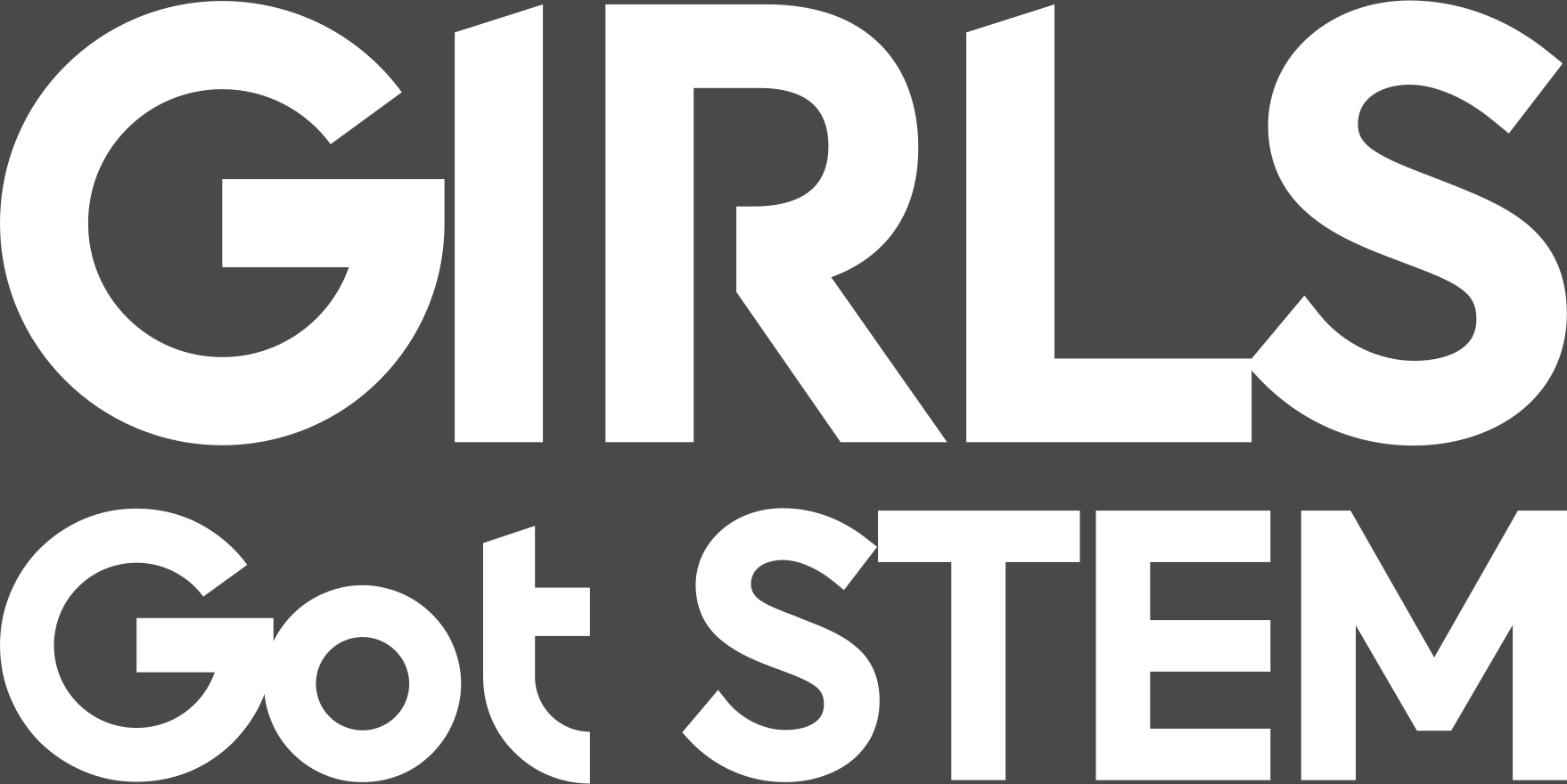Breast cancer screening, particularly through mammography, plays a critical role in early detection and improved survival rates. As we stand on the frontier of artificial intelligence (AI) in healthcare, the question of whether AI can replace radiologists in reading mammograms is both intriguing and complex. While AI technology has shown great promise in improving screening accuracy and efficiency, it also raises questions about trust, safety, and the nuances of human judgment. Here, we’ll dive into the current state of AI in mammogram interpretation, its benefits, limitations, and whether AI is truly ready to replace radiologists.
In recent years, AI’s ability to process large volumes of data has made it an attractive tool in mammography. Machine learning algorithms can be trained on thousands or even millions of mammogram images to recognize patterns and detect abnormalities such as masses or microcalcifications that may indicate cancer. In studies and trials, AI has demonstrated its capacity to assist radiologists in identifying early-stage cancers and in reducing false positives and false negatives, which can lead to both overtreatment and missed diagnoses.
AI-based systems like Google’s DeepMind and other specialized platforms have already achieved impressive results in experimental settings, matching or even surpassing human accuracy under certain conditions. AI’s potential here is significant: early detection with fewer errors could improve outcomes for thousands of women globally each year.
Benefits of AI in Breast Cancer Screening
- Enhanced Accuracy: AI algorithms have shown they can match or exceed human performance in identifying certain types of breast cancer. In some studies, AI models have reduced false positives, cutting down on unnecessary biopsies and patient stress, while increasing detection sensitivity.
- Efficiency and Consistency: AI can quickly analyze images, potentially improving the speed of diagnosis and allowing radiologists to focus on more complex cases. Unlike humans, AI does not experience fatigue, meaning it can maintain a consistent level of accuracy across a high volume of images.
- Improved Access to Screening: In areas with limited access to radiologists, AI could help bridge the gap, providing preliminary screenings in remote regions where radiologist shortages are common. This would make screenings more accessible to populations who might otherwise go without.
Challenges and Limitations of AI in Mammography
- Complex Cases and Human Judgment: AI might excel in pattern recognition, but it lacks the nuanced understanding of context and patient history that a radiologist brings to an evaluation. Complex cases require human judgment and interpretation, especially when patient history or atypical presentations come into play.
- Trust and Liability: Entrusting AI with primary diagnostic responsibility raises questions about accountability. Who is responsible if an AI misses a diagnosis or returns a false positive? Establishing trust in AI’s decision-making among patients and healthcare providers is essential but challenging.
- Generalizability Across Populations: Many AI models are trained on specific datasets, often limited in diversity. This can lead to models that perform well in controlled studies but may lack accuracy or relevance for diverse patient populations, leading to biased outcomes.
- Ethical and Privacy Concerns: The use of AI in mammography involves handling sensitive patient data, which must be carefully protected. Ensuring that data is anonymized, securely stored, and responsibly used is crucial to protect patient privacy and build trust in AI systems.
Can AI Replace Radiologists?
AI’s promise in mammography is clear. However, replacing radiologists entirely is unlikely in the foreseeable future. The most successful applications of AI in healthcare tend to be those that augment, rather than replace, human expertise. In mammography, AI can act as an invaluable “second set of eyes” to support radiologists in decision-making, flagging potential issues for closer examination and helping reduce the risk of error.
The role of a radiologist goes beyond simply identifying potential cancerous tissues in mammograms. Radiologists provide context to their findings, communicate with patients and doctors, and bring clinical intuition to their work—skills that AI cannot yet replicate. Additionally, radiologists are trained to navigate complex cases where multiple health factors interact, an area where AI still struggles to make meaningful, context-rich decisions.
